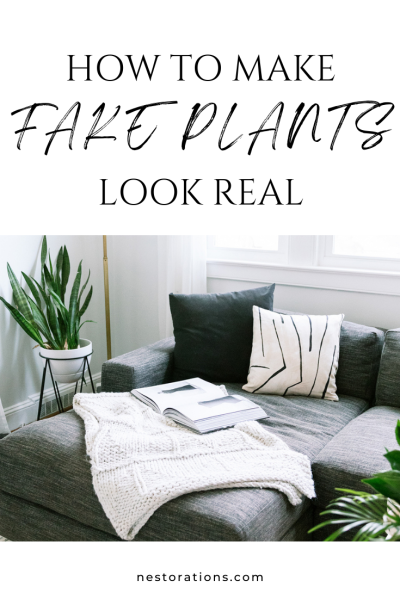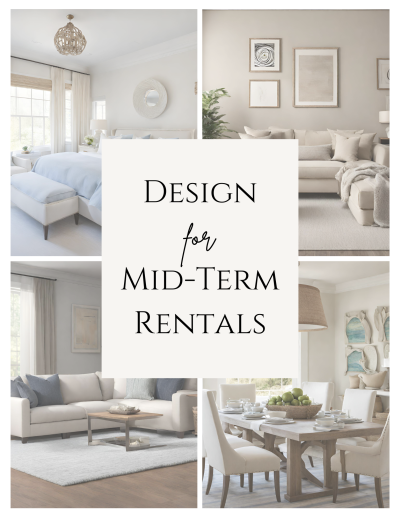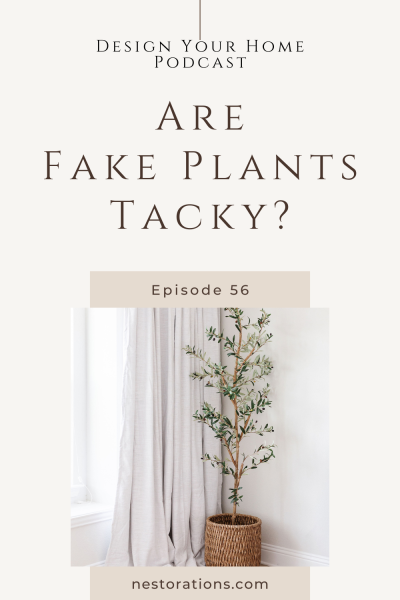
Ever wonder if fake plants are a design do or don’t? Well, opinions are split. Some interior designers give them a thumbs-down, while others swear by them. So, are they chic or cheap? Dive into our podcast for the full scoop, or stick around for the highlights.
Listen to the Design Your Home Podcast
Benefits of Seeing Green in Our Homes
Research suggests that having plants at home can promote a sense of calmness and potentially reduce stress and anxiety. Interestingly, the pandemic saw a surge in spending on gardening and plant-related items, reflecting a widespread longing for a connection to nature amid challenging times.
But what about fake plants? While real plants offer more benefits, studies show that even looking at pictures of plants can have positive effects. So, while fake plants have some advantages over no plants at all, real plants are still the better choice.
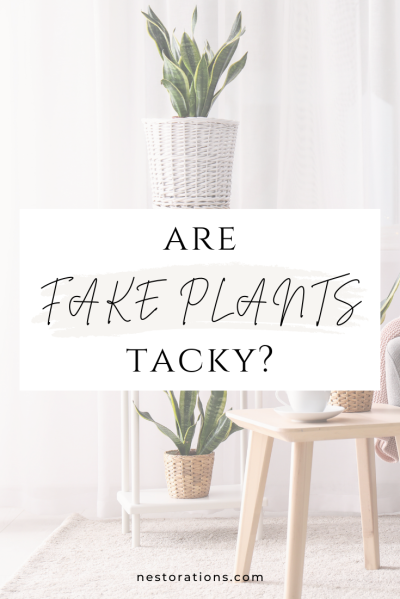
Pros and Cons of Faux Plants
Let’s explore the upsides of faux plants. They’re durable and require zero watering, making them ideal for busy individuals or those lacking a green thumb. Plus, they’re pet-safe, eliminating worries about toxicity.
For real estate investors managing properties like Airbnb and midterm rentals, faux plants are a game-changer. They maintain a green, welcoming atmosphere without relying on guests or cleaning services. No mess or light level concerns, just hassle-free greenery.
However, faux plants have drawbacks. Some look obviously fake, and high-quality ones can be pricey, making real plants a more budget-friendly option. They’re not eco-friendly either, being made of plastic and lacking air purification benefits. Plus, they gather dust, which may be more noticeable.
And then the last con with faux plants is the perception of fake. People who want something very real and natural will not like the idea of something fake in their home.
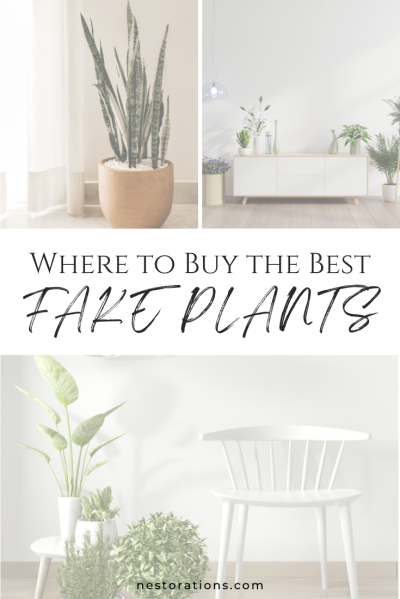
Tips for Buying Fake Plants
If you’re considering going faux, it’s important to know how to pick ones that look convincingly real.
Tip 1: Stick to natural colors. Avoid anything too bright or unusual, like neon blues. Nature doesn’t produce those colors in plants, so they’re a dead giveaway.
Tip 2: Distance matters. If the plant looks good from about 5 to 10 feet away, it’s likely a safe bet.
Tip 3: Check the stems and trunk. Cheap-looking stems and trunks often signal a fake plant. If they don’t look right, it’s best to pass.
Tip 4: Say no to plastic, shiny leaves. Most real plants don’t have that glossy look unless they’ve been treated with chemicals. Shiny leaves are a telltale sign of fakeness.
Faux succulents are great realistic fake plants. They’re easy to get and swap out. Before buying, always sniff them to avoid gross plastic odors. Check out my Instagram reel for a demonstration.
Orchids are another good option. They can be tricky to grow, so faux versions often look more convincing. And when it comes to leaf size, smaller is better. Large leaves, like those on fiddle leaf figs, can easily look fake and cheap.
How to Make a Fake Tree Look Real
If you’re opting for a faux tree at home, your choice of pot or planter is key. Invest in a quality round floor basket or container, easily found at HomeGoods or on Amazon. Fill the space around the tree with lightweight floral foam or old towels to make sure it’s not wobbling and tipping over. Once your tree is securely positioned, cover the base with Spanish moss for a natural potted plant vibe.
Place your faux tree wherever you’d like to add some greenery or height. This easy trick makes a big difference in how realistic your fake tree appears. It’s a popular trend, with suggested items like pots and Spanish moss often included when shopping for fake plants online.
Best Places to Buy Faux Plants
When it comes to faux plants, quality is key. Opt for the best you can afford, especially for trees and floral arrangements. Target offers budget-friendly options with cute pots starting from $5. HomeGoods, Ross, and Amazon also have choices, but watch out for quality. Costco provides affordable viral faux trees, some around $100.
For a higher-end selection, Pottery Barn and Ballard Designs offer decent options, including preserved boxwoods. But for top-of-the-line faux stems and branches, Afloral is the go-to. Though pricier, their realistic designs are worth it. However, the best high-end faux plants are often only available through trade channels or high-end retail stores.
Final Thoughts...
As an interior designer, I’m all for high-quality faux plants. I have them in my own home and use them in client projects. They look great and require no green thumb. Plus, clients notice the difference and love them too.
So, what’s your take? Are you on Team Faux or not? Let’s chat over on Instagram @nestorations. Shoot me a DM and let’s say hi!
Connect with me:


